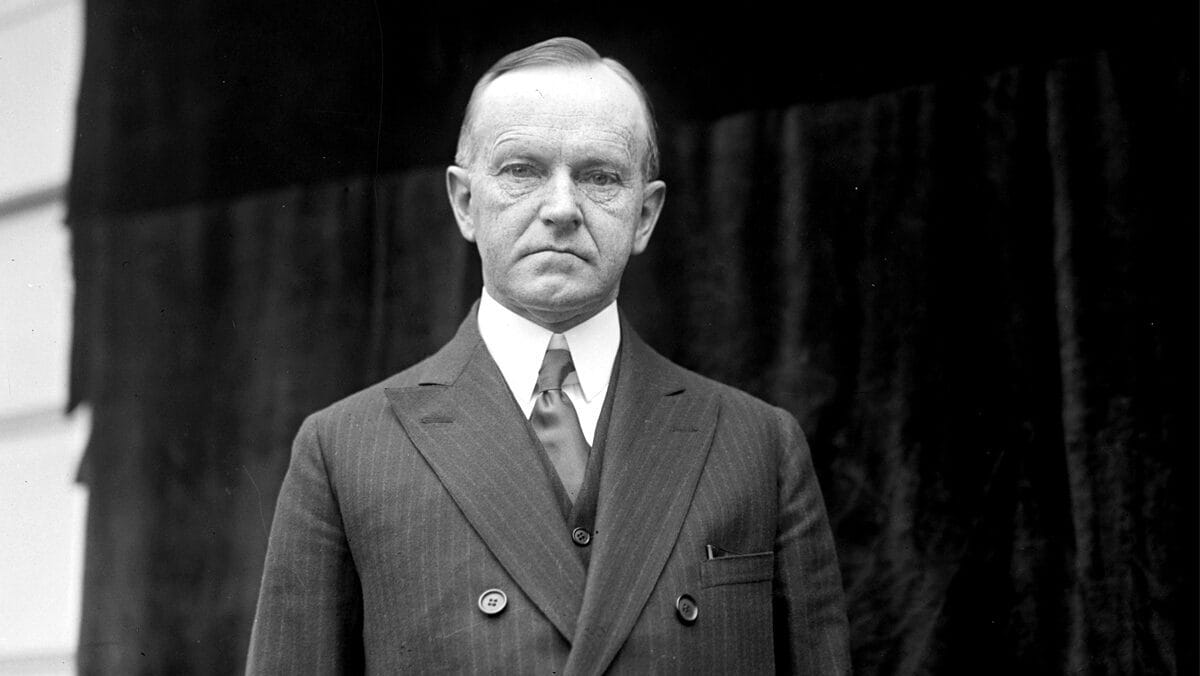Washington spends, we pay the price

I was just a kid in the 1980s and early to mid-1990s, but even then, I remember the federal debt being a national obsession. You could often turn on CNN during the 1992 presidential campaign and watch Ross Perot and his flip charts relentlessly addressing the national debt. I remember terms like Paygo (Pay-As-You-Go), Gramm-Rudman, and later the near passage of a federal balanced budget amendment under “The Contract with America.” It’s hard to believe now, but that amendment, after passing the House, died by one vote in the Senate in 1995. The lone Republican holdout? Then Senator Mark Hatfield of Oregon.
Back during the height of the 1988 presidential campaign, the national debt was a little over $2 trillion. Today, we’re closing in on $37 trillion. Back in 2011, Mitch Daniels rightly called the debt “The new Red Menace.” It’s a clever and accurate line, but the warning didn’t move the needle in Washington. Big spending was all the rage, and it’s only accelerating.
The federal debt is ultimately a great microcosm of our so-called statesmen’s failure to practice true statesmanship. Rolling deficits on top of deficits is the inevitable outcome of a system that rewards short-term pandering over long-term responsibility.
Debt is important and it matters. And while we could address potential doomsday scenarios without reform, one of the obvious consequences is a more meager existence for everyday Americans. Senator Rand Paul of Kentucky clearly explains some of today’s visible consequences of our obscene debt:
I think inflation is pretty easy to explain and people need to know what causes inflation. [The federal government] gets debt, then the Federal Reserve prints up new money to pay for the debt, that new money enters circulation, and that expansion of the money supply [leads to] inflation.

As we see Washington continue to fail to muster up the needed courage, this continued recklessness not only erodes the dollar in your wallet but sends a loud signal that you can’t be trusted to make key decisions about the destiny of your state and community. Washington handles way too much and gladly sticks Americans with the bill.
States are no longer passive observers of the debt, too, happily extending their hands crying for more. If states hope to regain true autonomy, they must stop enabling this cycle and reclaim control over their fiscal futures.
Still, federal legislators can and should learn a lot from their state counterparts.
Budget debates at the state level tend to involve far less political theater, thanks in large part to constitutional or statutory requirements in nearly every state to balance their budgets. As a result, state lawmakers are generally more inclined to collaborate and reach a consensus without completely disregarding the views of the opposition. Decisions are made with real dollars and not just in a vacuum of perpetual debt and highly politicized dysfunction.
And even when Washington’s chronic overspending requires more cutbacks in federal dollars flowing to states, lawmakers there have the acumen and stronger relationships to follow through with the necessary response.
This is one reason why stronger state authority is a must going forward. The path forward isn’t a mystery that is modeled over and over by statehouses across the country.



